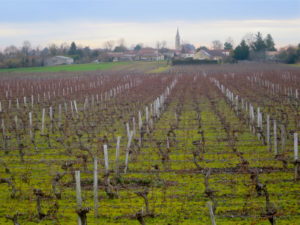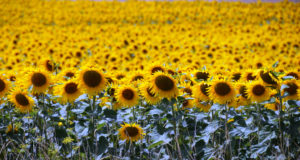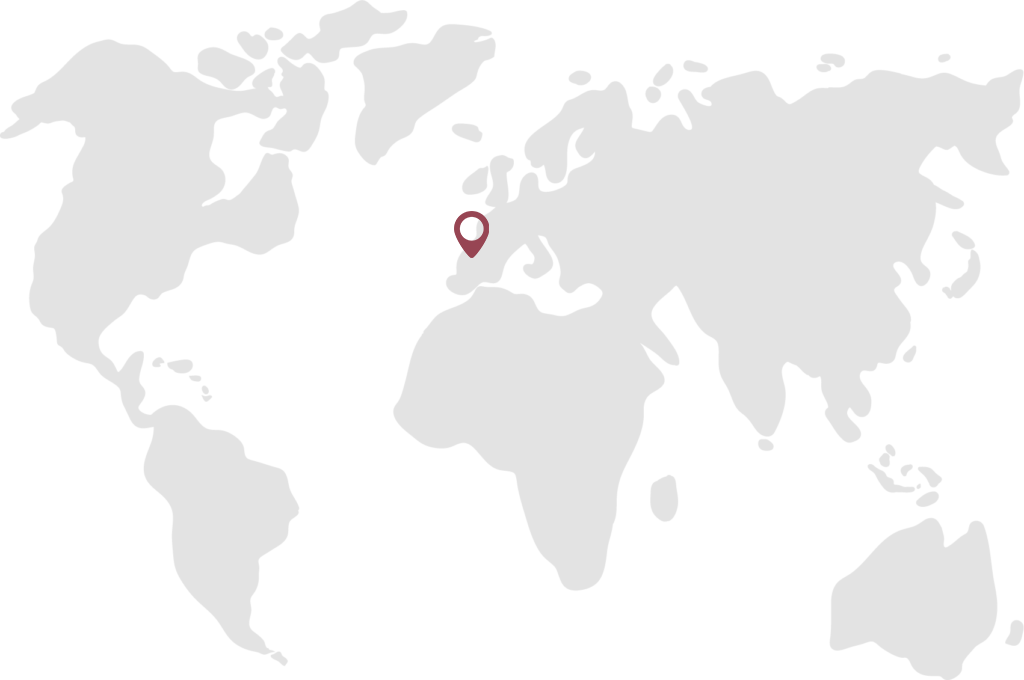My friend Stephanie and I went to the same high school in Europe, though at different times. Our birthdays are a day apart (hers is today – Happy Birthday Steph!). This woman knows how to recommend a good read.
Five years ago as I boarded a train from Paris to Bordeaux for Christmas, she communicated her book recommendation: The Sense of an Ending, by Julian Barnes. It had recently won the 2011 Man Booker Prize. I downloaded this quick read. By the time the train arrived at Gare Saint Jean on a chilly winter afternoon, I had finished this captivating tale.
Weeks ago Stephanie recommended another book: A Gentleman in Moscow, by Amor Towles. This fictional tale recalls years when a Count lived in Hotel Metropol in Moscow. It begins in 1922.
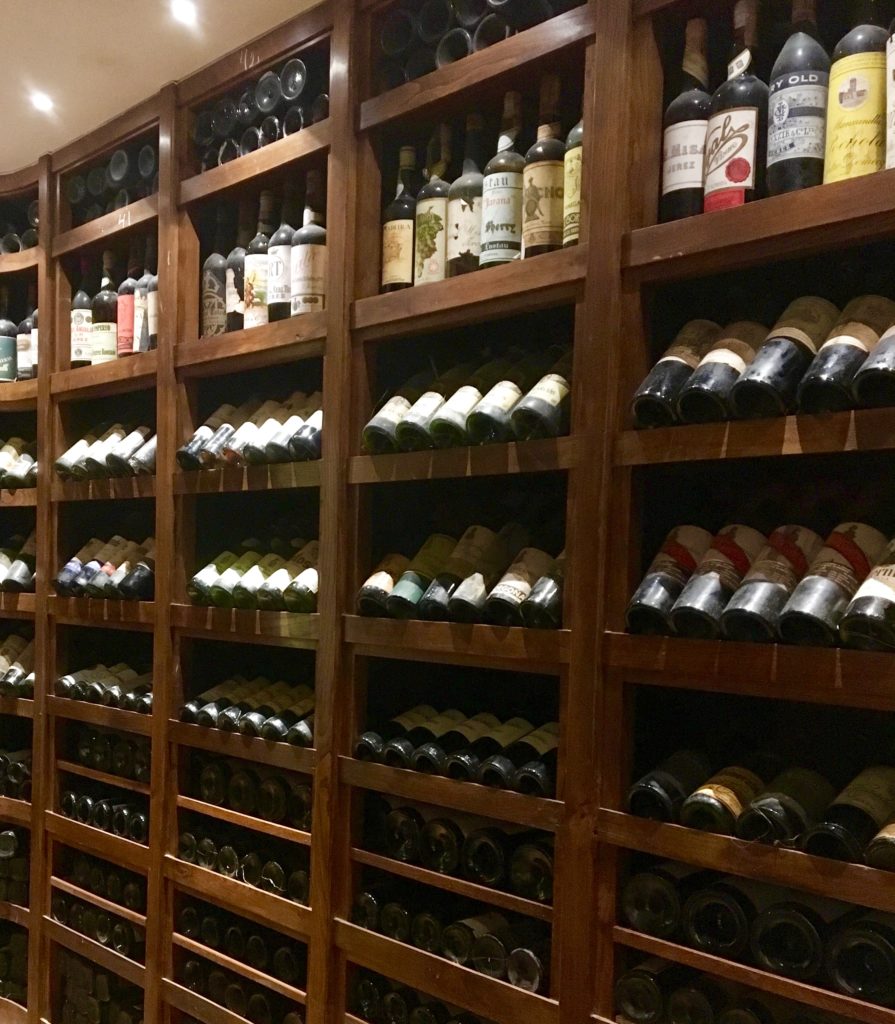
One tale recalls how an embarrassed headwaiter invited the Count down to their vast wine cellar with 100,000 bottles. He explained how, ten days earlier, the ruling political party deemed individuality in the world of wine bottles as suspect, and instructed the hotel manager to strip away all labels from each bottle, then sell all the ‘red’ and ‘white’ for the same price.
“What has happened!” gasped the Count.
Andrey nodded in grim acknowledgment.
“A complaint was filed with comrade Teodorov, the Commissar of Food, claiming that the existence of our wine list runs counter to the ideals of the Revolution. That it is a monument to the privilege of the nobility, the effeteness of the intelligentsia, and the predatory pricing of speculators.”
“But that’s preposterous.”
For the second time in an hour, the unshrugging Andrey shrugged.
“A meeting was held, a vote was taken, an order was handed down. . . . Henceforth, the Boyarsky shall sell only red and white wine with every bottle at a single price.”
[A Gentleman in Moscow. Viking. New York. 2016]
This tale is a reminder that rather than save a special wine for some grand, magnificent occasion at an unknown future date, you might want to enjoy it now. Text your friends, set the dinner table, pull out a corkscrew and share your beloved bottle with worthy allies.
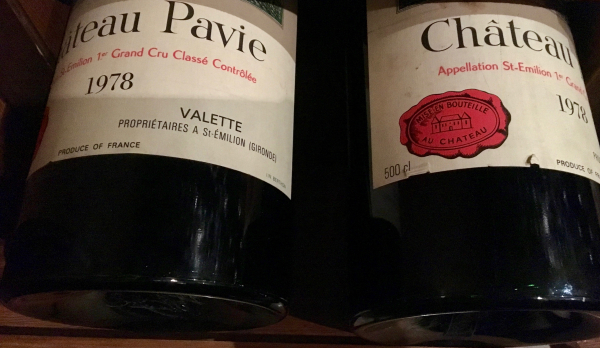
Without labels, wine would be even more mysterious. Valuable information on those paper shards tell the region where the wine was made, the year the grapes were picked, and alcohol content.
Labels are also a marketing tool.
A recent edition of the online science magazine (highly recommended) named Nautilus, tells about several experiments concerning perception of the quality of wine and how it relates to what we know about price. The article also highlights intriguing notions concerning how perception can be influenced by labels, as well as by names.
According to the article, one study concluded:
“… the colors of the labels were less important than their shapes, or the shapes printed on them. The most successful labels were brown, yellow, black, or green (or combinations thereof), with rectangular or hexagonal patterns.”
The article then mentioned surprising results from another study:
“Mantonakis and her colleague Bryan Galiffi even showed that consumers significantly tended to prefer the products of wineries with hard-to-pronounce names…”
There you go.
How to sell your wine.
Use a slightly complex name, slap on a brown/black/yellow/green label with a few rectangles and hexagons, and Bob’s Your Uncle. Of course, to maintain repeat buyers, winemakers will have to keep focusing on excellent quality.
Back to Moscow, where the Count – horrified at seeing nude bottles – wandered around the labelless cellar, then selected one bottle with two crossed keys embossed on the glass neck. He touched this emblem of Chateauneuf-du-Pape from the French Rhone Valley, then plucked up the bottle and carried it away upstairs – eager to enjoy a good drop, and slightly smug at outmaneuvering the bureaucrats of Moscow.
^^^
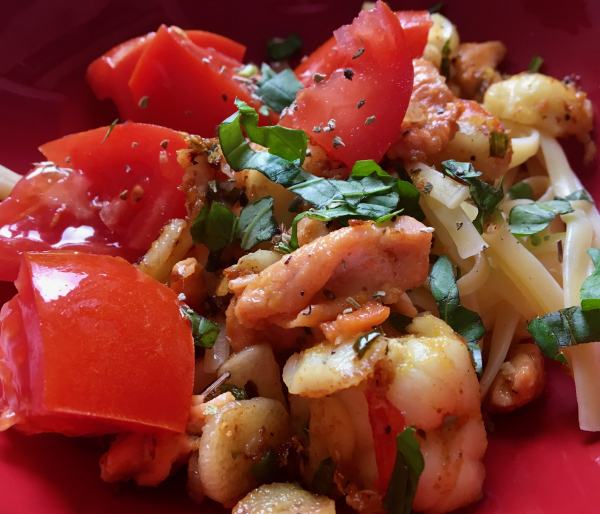
Next, a recipe.
There are slightly more than a dozen recipes left to cook for The Winemakers’ Cooking Companion. The countdown toward completing the field work is in full gear.
We’re also producing a short promotional video (thanks Sonya) and our intrepid graphic artist is editing photographs (thanks Lou).
This comes from western Australia. Substitute local ingredients accordingly depending on where you live and what’s available – combining fish and shellfish. This is a crispy, crunchy spring/summer delight (we are pulling out of winter, soon, after all). It’s relatively easy to prepare. Serve with a Chardonnay.
Crayfish, Dhufish, and Squid Pasta Marinara
From McHenry Hohnen Vintners, Margaret River, Western Australia
Preparation Time and Quantity –
45 minutes to cook. Serves 4 people.
Ingredients and Amounts
Pasta (such as linguini) – 5¼ oz (400 g)
Olive oil – ¼ cup (60 ml)
Butter – 5½ tbs (80 g)
Garlic cloves – 4
Lemon – 1 for zest
Crayfish – 1
Dhufish fillets – 2
Squid – 1
Tomatoes (ripe from garden) – 10 oz (300 g)
Fresh chili – 1
Mixed herbs (e.g. – basil, sage, parsley) – handful
Flaked sea salt – to taste
Fresh cracked pepper – to taste
Preparation –
- Slice garlic cloves, zest lemon, chop chili pepper, chop mixed herbs.
- Scoop crayfish from shell and slice.
- Cube the dhufish.
- Slice squid into rings.
Recipe –
- Cook pasta in large saucepan of boiling, salted water until almost al dente (2 to 3 minutes if fresh, 6 to 8 minutes if dried).
- Meanwhile, heat oil and butter in a frying pan over medium high heat.
- To oil and butter add garlic, lemon rind, and chili, and cook until tender (1 to 2 minutes). Add salt and pepper seasoning to taste.
- Add crayfish, dhufish, and squid, and turn occasionally until cooked (2 to 4 minutes).
- Remove from heat.
Serving –
Add pasta and garden tomatoes, toss to combine, and serve immediately, scattered with fresh herbs.
Comments –
Lilian Kurys-Romer writes –
“Margaret River is a hot spot for food and wine, and we are lucky enough to be quite obsessed with both! …Our backyard is the quintessence of enjoying the outdoors sustainably; we’d go for a dive for some fresh endemic crayfish (western rock lobster), dhufish, and line caught squid, and pick tomatoes and fresh herbs from the back garden, heading inside to throw together a very relaxed pasta marinara.
“Don’t forget to enjoy reasonable gulps of Chardonnay throughout the process.”
^^^
My latest Forbes posts are here – including a piece about the ancient Grotte Pair-Non-Pair cave in southwest France, a messy Catalonian food festival, a renowned bubbly wine from New Mexico, and thoughts from the Godfather of biodynamic wine from the Loire Valley.
